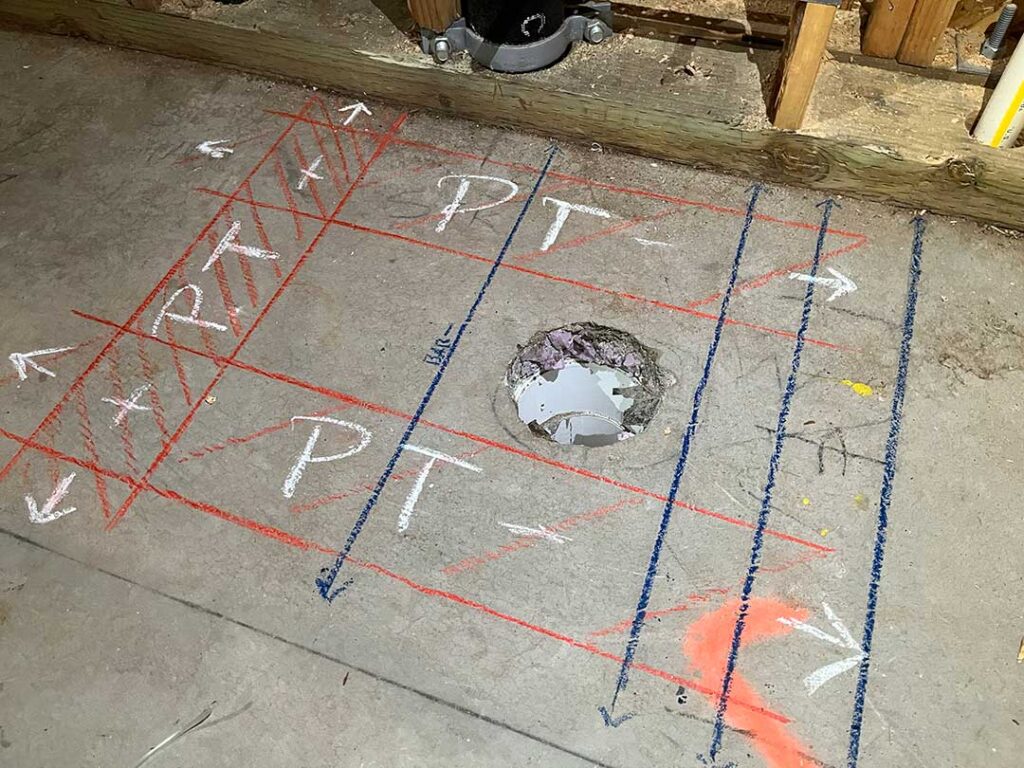Discover RainierGPR Service Areas for Reliable Concrete Scanning Solutions
Enhancing Project Planning and Implementation Through Advanced Concrete Scanning Strategies
In the world of task planning and precision, insight and execution are vital components that can make the difference between success and obstacles. Advanced concrete scanning methods have become a sophisticated tool readied to raise the standards of job administration within the building market. By utilizing sophisticated innovation, these techniques use a look into the architectural integrity of a structure also before the very first brick is laid. The ramifications of such innovations are profound, guaranteeing a standard shift in how jobs are come close to and delivered.
Benefits of Advanced Concrete Scanning Methods

Improved Precision in Task Analyses
Enhancing job evaluations with sophisticated concrete scanning techniques considerably increases the precision and reliability of building and construction analyses. By using innovative scanning innovations such as ground-penetrating radar (GPR) and 3D imaging, project groups can currently acquire comprehensive insights right into the problem of concrete structures, determining prospective defects or weaknesses that might not show up to the naked eye. This boosted degree of precision in job analyses allows construction professionals to make even more informed choices relating to repair work and upkeep methods, leading to boosted general task results.
Moreover, the boosted accuracy in job assessments attained through innovative concrete scanning techniques aids in reducing the threat of unexpected concerns during the building and construction phase. By proactively identifying covert abnormalities within concrete structures, such as rebar deterioration or voids, job groups can deal with these concerns at an early stage, staying clear of costly delays and revamp later in the job lifecycle. Inevitably, the improved accuracy in job analyses helped with by sophisticated concrete scanning strategies adds to higher performance, cost-effectiveness, and top quality in construction tasks.
Early Identification of Architectural Obstacles
Early discovery of structural obstacles plays a vital duty in guaranteeing the stability and safety and security of concrete structures throughout the construction process. Determining possible concerns at a beginning enables for prompt treatment, avoiding expensive rework, timetable hold-ups, and safety threats. Advanced concrete scanning techniques, such as ground-penetrating radar (GPR) and 3D imaging, enable job teams to discover concealed flaws, spaces, support layout discrepancies, and various other anomalies that might endanger the structure's security.
By carrying out these methods during the planning and implementation stages, building and construction experts can proactively attend to structural challenges prior to they rise into major troubles. As an example, identifying poor concrete cover over reinforcement bars at an early stage can prevent deterioration and architectural weakening in the future - RainierGPR Service Areas. Moreover, recognizing variants in concrete density or density can assist optimize product usage and ensure consistent stamina buildings throughout the structure

Ultimately, very early identification of structural difficulties through sophisticated concrete scanning not only improves the overall high quality and resilience of the building and construction however additionally contributes to a more secure built setting for residents and customers.
Enhanced Precaution in Building
The execution of robust safety and security procedures is necessary in the building industry to alleviate risks and secure the well-being of stakeholders and workers. To boost security actions, building companies are significantly embracing my response technological improvements such as wearable gadgets that monitor workers' essential indications and detect prospective wellness issues in real-time. By focusing on safety and security through the unification of advanced innovations and comprehensive training programs, building projects can considerably lower crashes and create a safe functioning setting for all involved.
Streamlining Task Management Processes
To maximize operational efficiency and make certain job success in the construction sector, an emphasis on improving task administration processes is essential. By applying effective project monitoring processes, building and construction jobs can lessen delays, reduce prices, and boost general performance.

Conclusion
In final thought, the use of sophisticated concrete scanning strategies supplies countless advantages for task planning and implementation. These techniques provide improved accuracy in task assessments, very early identification of structural challenges, improved security steps in building, and streamlined project management processes. Incorporating these methods into project process can eventually result in a lot more effective and effective outcomes in building and construction tasks.
Inevitably, the enhanced accuracy in project analyses promoted by innovative concrete scanning methods contributes to better performance, cost-effectiveness, and high quality in construction projects. RainierGPR Service Areas.
To maximize functional effectiveness and guarantee project success in the building and construction industry, an emphasis on enhancing project monitoring procedures is vital. By executing efficient task administration processes, building and construction jobs can minimize hold-ups, minimize costs, and boost general productivity. By simplifying project administration procedures with modern technology combination, clear communication, and data-driven strategies, construction jobs can accomplish greater effectiveness, cost-effectiveness, and successful end results.
These methods provide enhanced precision in project evaluations, very early recognition of structural difficulties, improved safety and security measures in building, and structured task management processes.